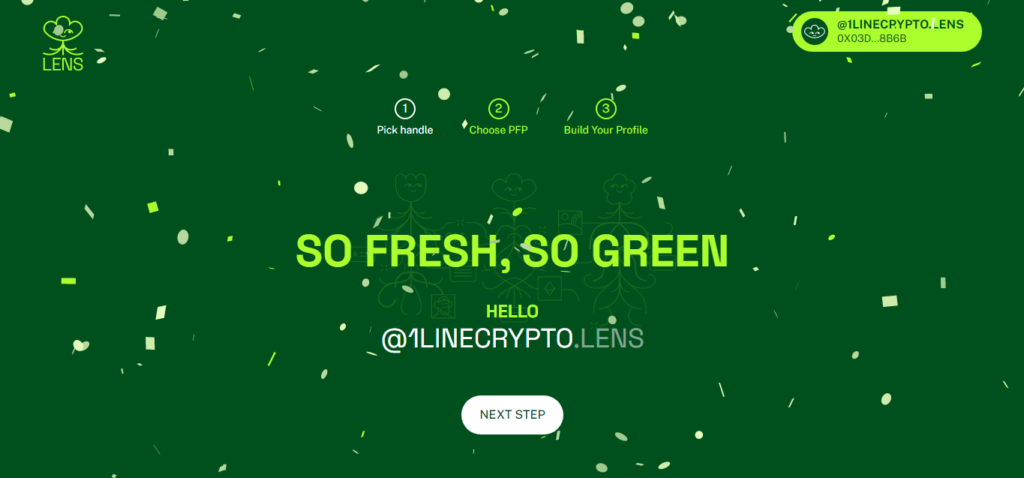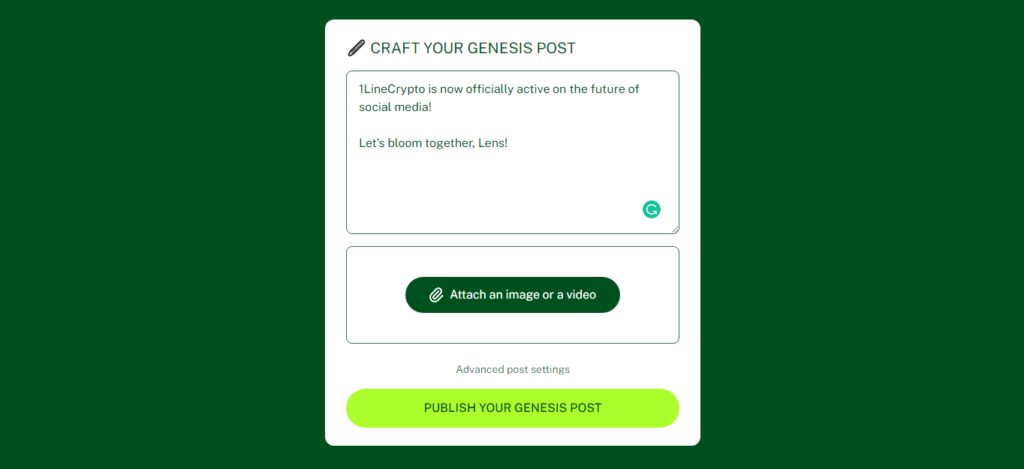
Developed by Aave and its core team, Lens is working on a great concept and it can turn out to become something great if the team can address some of the core bottlenecks of blockchain technology without sacrificing its valuable features.
I don’t think the business model of today’s social media platforms is a secret anymore. Social media giants like Facebook, Twitter, TikTok, and Youtube, provide us with a free (?) platform to connect with other fine people on this planet and in exchange, use our data to run meaningful ads for us. That’s how they make billions of dollars each year.
The conventional social media platforms, a.k.a centralized social media, and their revenue model have made many unhappy, convincing others to look for alternatives. And it’s not a surprise that blockchain and its decentralization were deemed as a solution.
As a result, we started to see decentralized applications or Dapps offering similar features to regular social media platforms without all the caveats. They allowed users to create content like regular posts, videos, or music, publish them, and have the option to monetize them if they wished to do so.
At the moment, we have multiple decentralized social media applications that are unique in nature or are trying to offer the truly free version of the existing applications.
Steemit, for example, is a blockchain-based blogging platform where content creators can publish and own their content and monetize them by earning STEEM, the native cryptocurrency of the system. Mastodon is another interesting example. Mastodon is the decentralized version of Twitter, however, it is not developed using blockchain technology.
Even though these applications are trying to address some of the issues of current applications, they are still not suitable for the upcoming web 3.0. Simply put, they are islands; far apart from one another and although they are ruled by their users, they are still islands nonetheless.
Web 3! It is definitely one of those new buzzwords we hear fairly frequently these days. People talk about the benefits of web 3 over web 2 and how much blockchain and crypto can help to bring this dream to life.
Now, if you ask what is web 3 exactly, assuming that you are well aware of its precedents web 2 and web 1, you probably won’t get a clear answer. That’s right! We still don’t have a clear definition for web 3. It’s mostly a concept and we have an idea of how it might look like using the technologies we have; Artificial Intelligence (AI), Internet of Things (IoT), and Blockchain.
Social media in web 3.0 can be described as a unified ecosystem of different applications. As a user, we have one online profile, our digital identity on a whole new web, and every activity will be linked to that identity.
Consider 1LineCrypto. We don’t have to create different accounts on various applications anymore. We will have on digital identity that includes all our online history on all the applications there are and all the applications there will be.
This is exactly what Lens is trying to do.
Lens has created a social graph that allows developers to create different Dapps for all Lens profiles or users. Users can claim one Lens Profile that comes in the form of a non-fungible token (NFT).
Every digital activity will be linked to this NFT which makes it easy for the user to prove ownership. Users can use this feature to monetize their content by selling them on existing marketplaces.
In my opinion, the best part of Lens is the DAO feature. By following another profile on Lens, users will receive a Follow NFT which can provide them with various benefits. The best use case of a Follow NFT is probably the governance rights it can grant to its users.
This allows profile owners to create their own social DAOs, letting followers participate in the decisions relating to the pages they’re following.

Lens is still in Beta and only whitelisted addresses can access the platform and create an account. Aside from this, the NFTs of profiles are available on OpenSea and you can access an account by buying its NFT.
At the moment, the floor price of the collection is around 0.044 ETH or $74. Once you have your Polygon address whitelisted, the rest of the process is quite simple.
You would need to claim your Lens handle and create your Lens profile by setting some settings such as your following preference, i.e. can people follow you for free or do they need to somehow pay for it?
Here’s the first post of 1LineCrypto on the Lens protocol:

Lens Protocol touches on some of the pressing issues of today’s social media platforms: ownership, monetization, and censorship. It’s by far the only decentralized social media-focused project that supports the future web 3.0 apps to this extent.
Lens holds the promise of something great only if it can pull off a scalable platform without sacrificing decentralization.